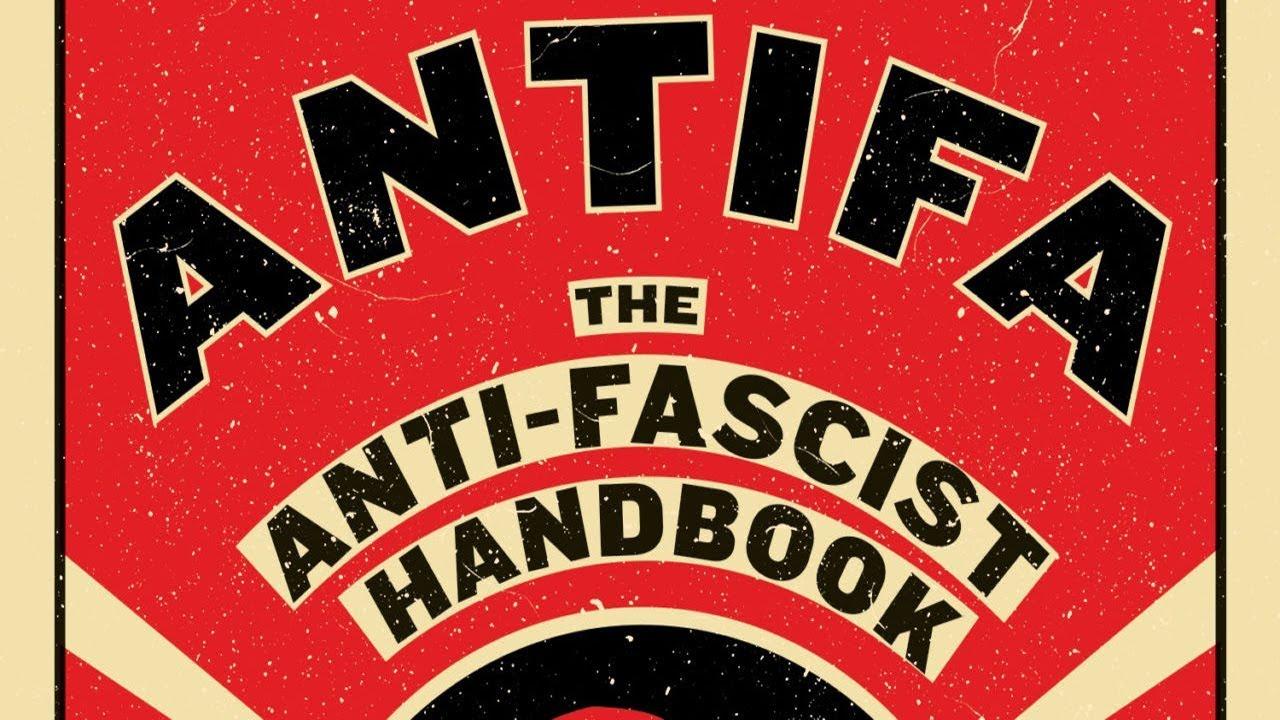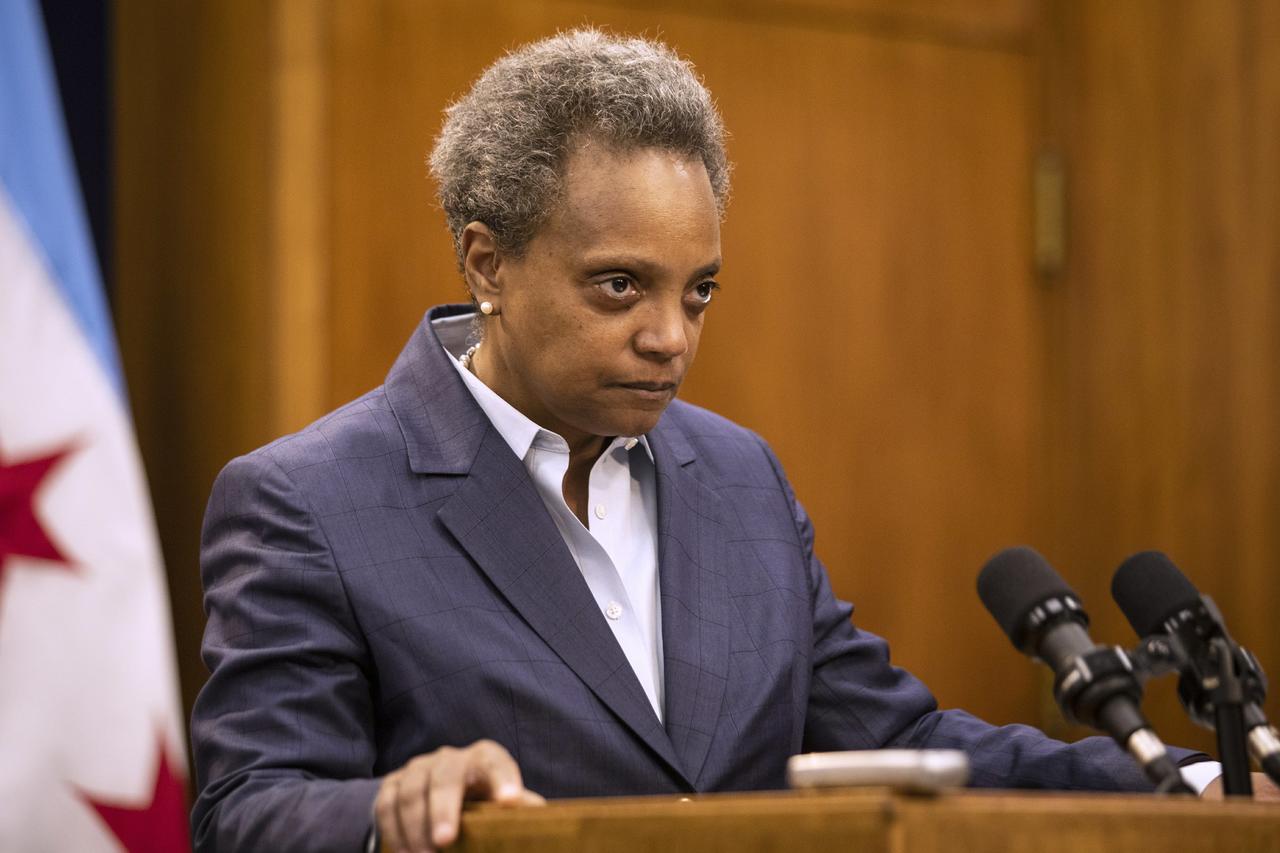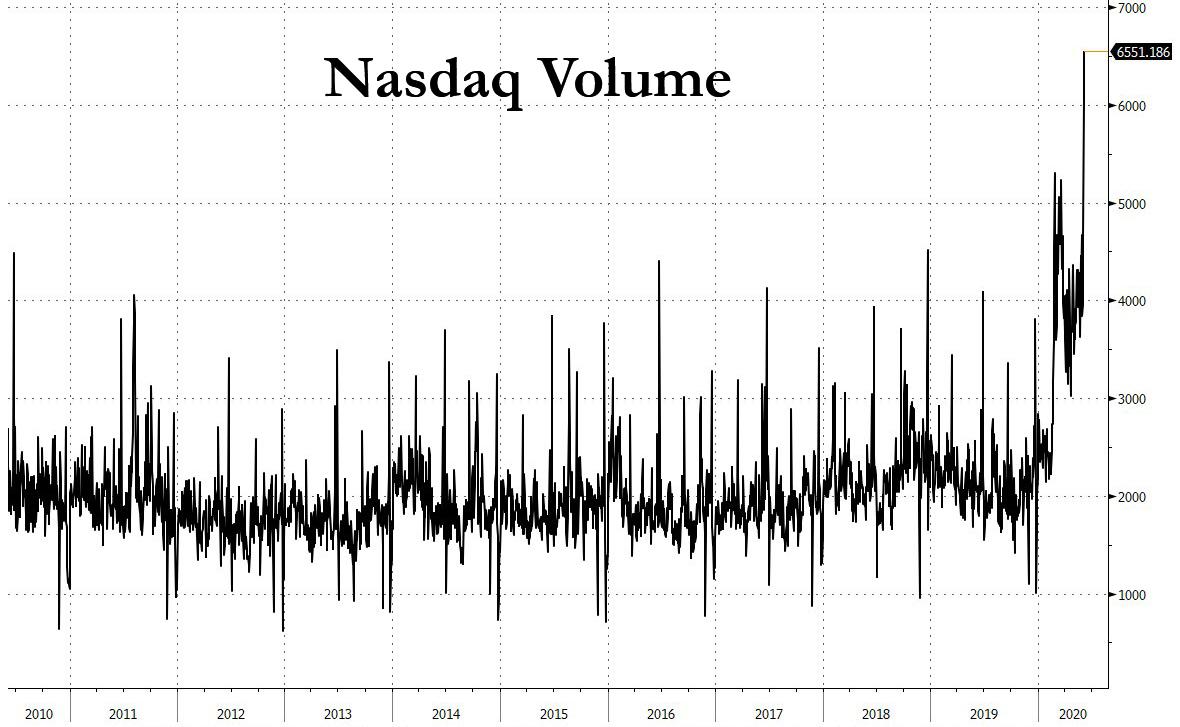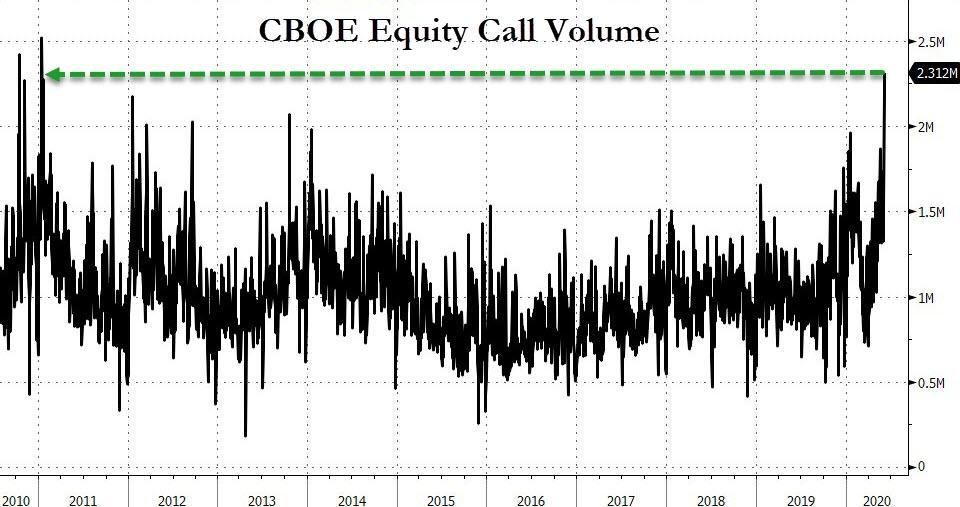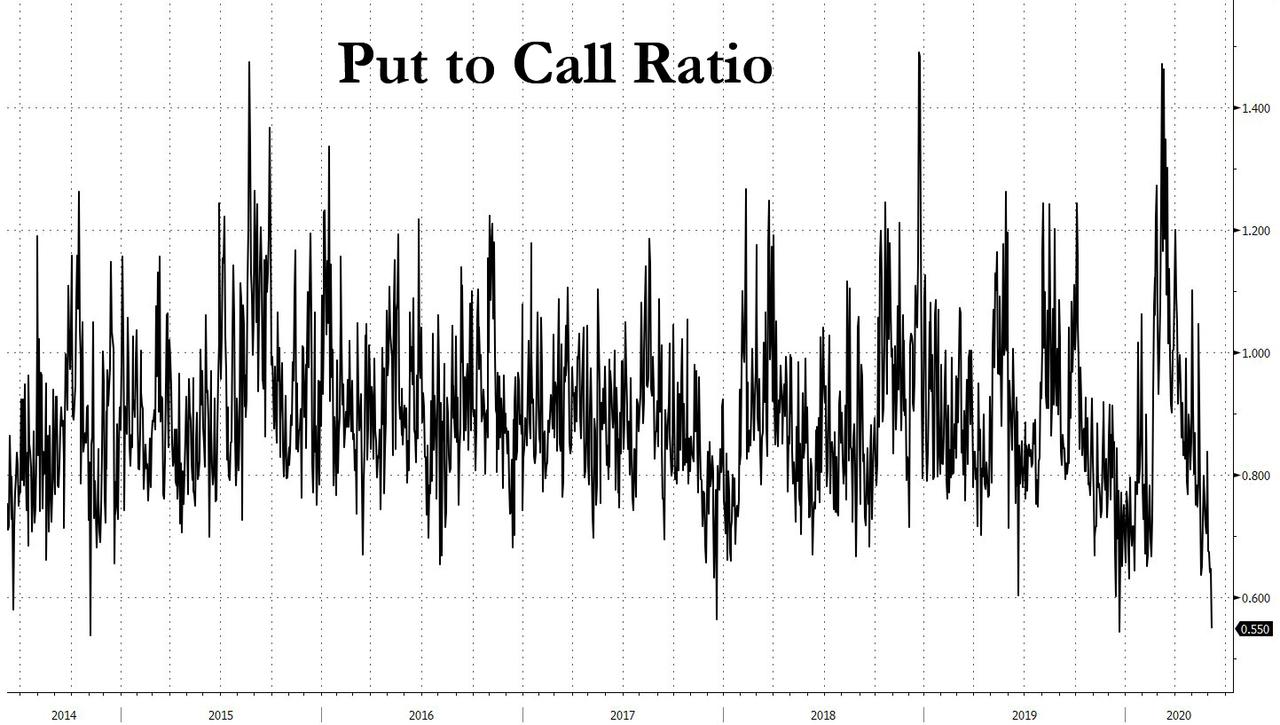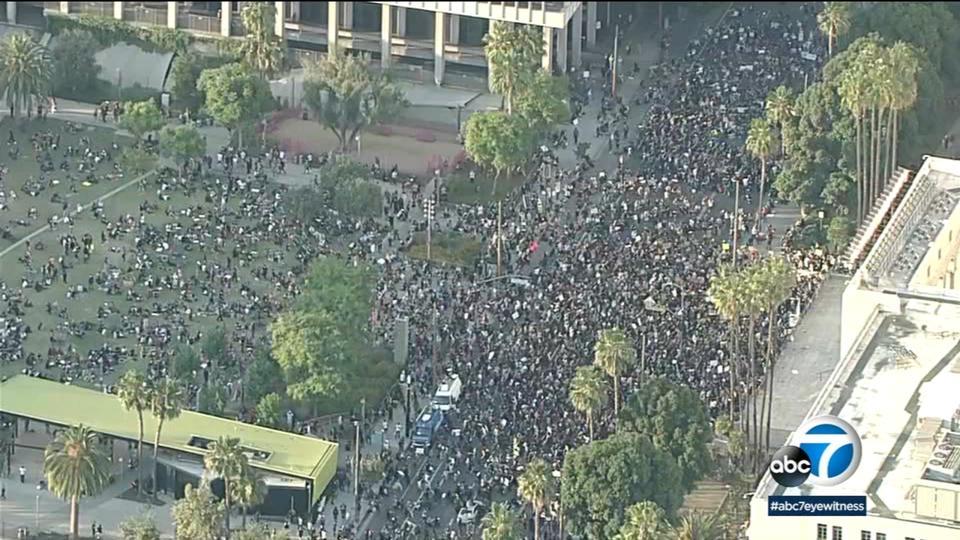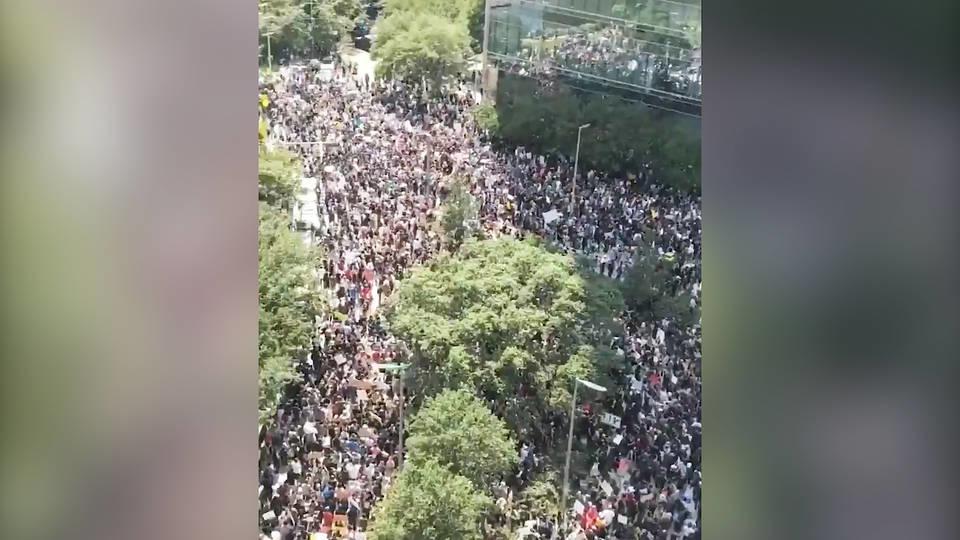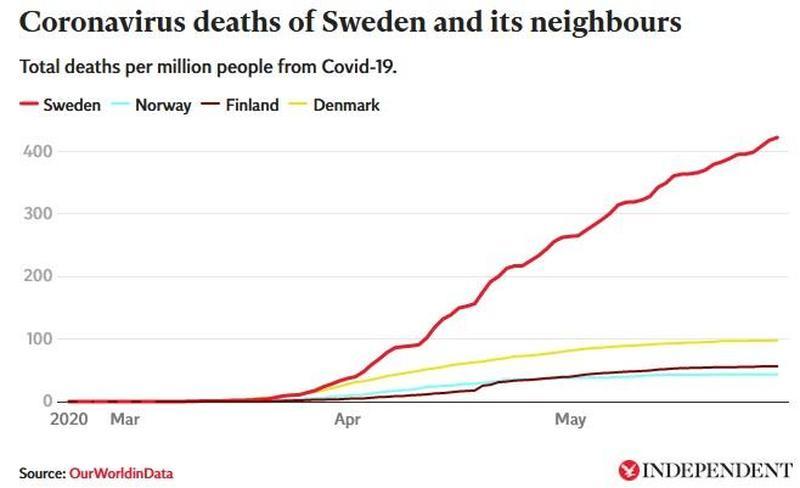“In the final analysis, a riot is the language of the unheard,” Martin Luther King Jr. told a Stanford University audience in 1967.
Social media users have circulated the quotation, some using it to partially justify the violence and destruction perpetrated by some of the protesters participating in demonstrations that have swept the country over the past week. Last Saturday, King’s son posted it to Twitter.
But this analysis of riots, which King also made in a 1966 interview with 60 Minutes‘ Mike Wallace, is often taken out of context. King’s plea was for critics to condemn the social injustices motivating the riots as harshly as they condemned the riots themselves.
“I will never change in my idea that nonviolence is the most potent weapon available to the Negro in his struggle for freedom and justice,” King told Wallace.
King made his position on violence crystal clear in that interview: “I would hope that we could avoid riots because riots are self-defeating and socially destructive.”
Why did King consider violent protests self-defeating? At a 1968 church meeting, he told congregants that rioting makes “a right-wing takeover more likely,” arguing that “every time a riot develops, it helps [the segregationist presidential candidate] George Wallace.”
The violent clashes over the last week may have already created a backlash, with 58 percent of respondents to a recent poll saying they support the use of military force to restore order to America’s cities.
Journalists such CNN’s Chris Cuomo and recent Pulitzer Prize winner Nikole Hannah-Jones have downplayed the seriousness of property destruction and violence by some protesters, with Cuomo asking, “Show me where it says protests are supposed to be polite and peaceful?”
“Violence is when an agent of the state kneels on a man’s neck until all of the life is leeched out of his body,” Hannah-Jones told CBS on June 2, referring to the killing of George Floyd by a Minneapolis police officer. “Destroying property which can be replaced is not violence.”
But political leaders in some of the communities where the property destruction has taken place have shown that it’s possible both to acknowledge the horrors of police brutality while at the same time denouncing theft, violence, and destruction.
“This is not a protest. This is not in the spirit of Martin Luther King Jr. This is chaos,” Atlanta Mayor Keisha Lance Bottoms said in a May 30 speech following a night of destruction in her city.
Many political and civil rights leaders of the 1960s were able both to condemn rioting and to acknowledge the legitimacy of the grievances. New York Mayor John Lindsay soothed racial tensions following King’s 1968 assassination by calmly walking the streets of Harlem with other civil rights leaders and reminding the public of the fallen leader’s unwavering opposition to violence
The city’s current mayor, Bill de Blasio, has lacked the courage to forcefully condemn both the rioting and his police force’s brutal tactics. Minnesota officials initially tried to deflect blame for the riots onto outside infiltrators before the press exposed their misinformation.
And President Donald Trump hid in a bunker and tweeted out incendiary messages about the coming show of force against the rioters.
Atlanta’s Bottoms has said the solution to many of these problems lies at the ballot box. “If you want a change in America, go and register to vote,” she said in her May 30 speech.
While voting for candidates who support policing and criminal justice reform could have a marginal impact in the long run, protesters are demanding immediate action.
When police harass and assault protesters they should be held accountable through anti-chokehold bills and by putting an end to the legal doctrine that protects them from criminal prosecution.
The internet has further decentralized activism, making today’s protests less uniform than ever before, which means that we all bear the burden of condemning the initiation of violence, no matter the perpetrator, no matter the cause.
Produced by Zach Weissmueller. Graphics by Lex Villena.
Music credits: “Bloodstain” by Royal Nature licensed through Artlist.
Photo credits: “Bill de Blasio wearing a mask,” Kristin Callahan/ACE/Newscom; “MLK black and white portrait,” Benjamin E. “Gene” Forte—CNP/Newscom; “Ayanna Pressley at the Unity Rally, Elizabeth Warren,” CC-BY 2.0; “Justin Amash of Michigan at the 2012 Liberty Political Action,” Gage Skidmore; “Hannah Jones,” Alice Vergueiro/Abraji
from Latest – Reason.com https://ift.tt/3cETkkd
via IFTTT
